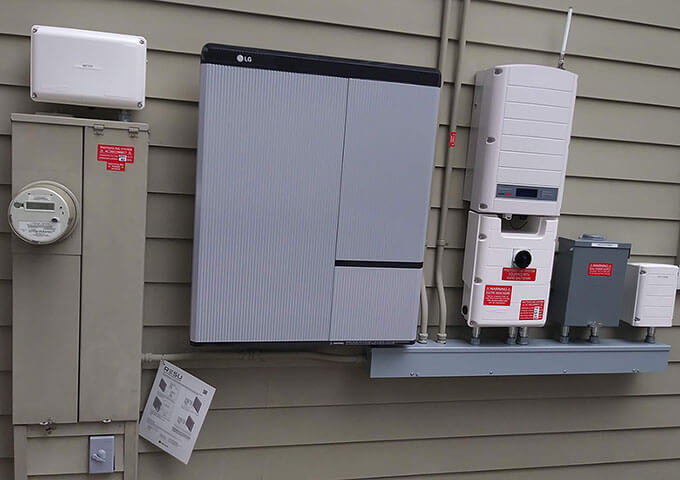Upcoming electric rate changes mean that almost every home and business will eventually benefit from a battery connected to their solar system. These combined systems provide tangible economic benefits: time shifting energy use, energy arbitrage, preserving the benefits of net metering and demand charge reduction.
In a nutshell, battery storage systems help preserve the benefits of net metering. But because of the grid’s unreliability — coupled with upcoming Public Service Power Shutoffs in California — the vast majority of our residential customers are installing battery storage systems for backup power.
As our company got back into the energy storage business with lithium ion batteries, we did extensive research into battery systems and their compatible inverters, into manufacturers, into software and operating modes, and into the interconnection and incentive process. After almost two years of selling and installing battery storage systems we’ve gained a lot of wisdom — and made some mistakes along the way. To help our fellow contractors and our future customers, here are ten of our most systemic and painful battery storage installation mistakes:
1. Misunderstanding customer desires
2. Incomplete product offerings
3. Underestimating support and maintenance costs
4. Adding batteries to existing systems
5. If the CTs don’t fit, you’re in deep sh-t
6. Complicated backup panel wiring
7. Buggy software and firmware
8. Interconnection problems
9. Incentive delays
10. Battery warranty claims
For more insights into avoiding battery storage installation mistakes, please Listen Up to this week’s Energy Show.

